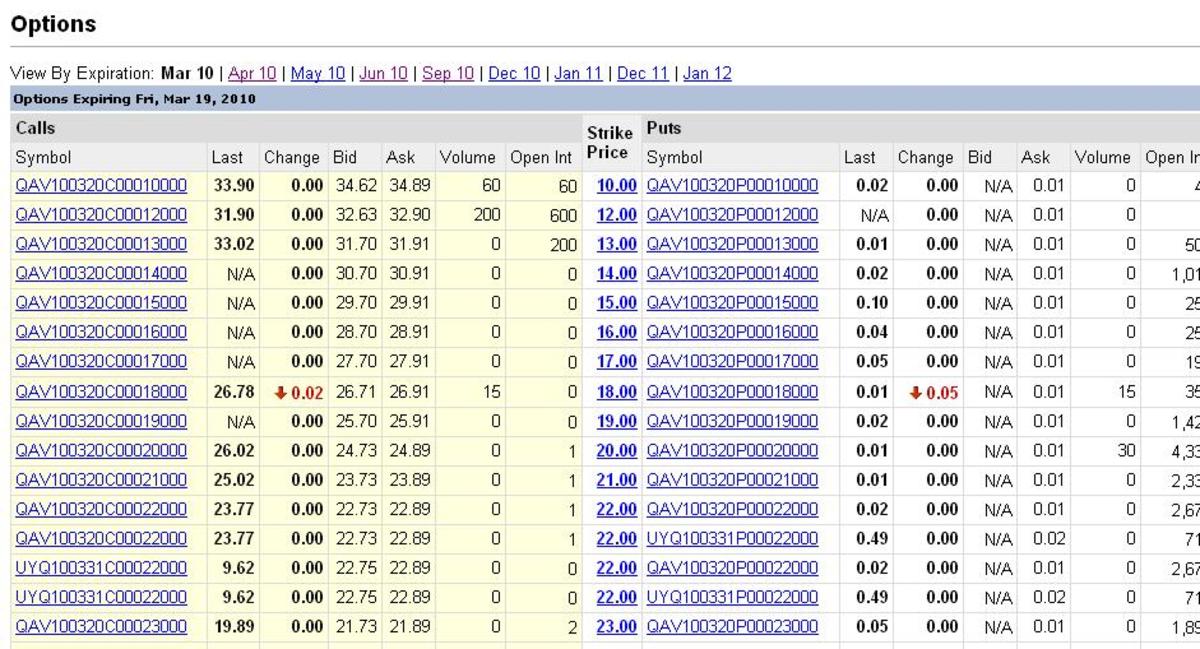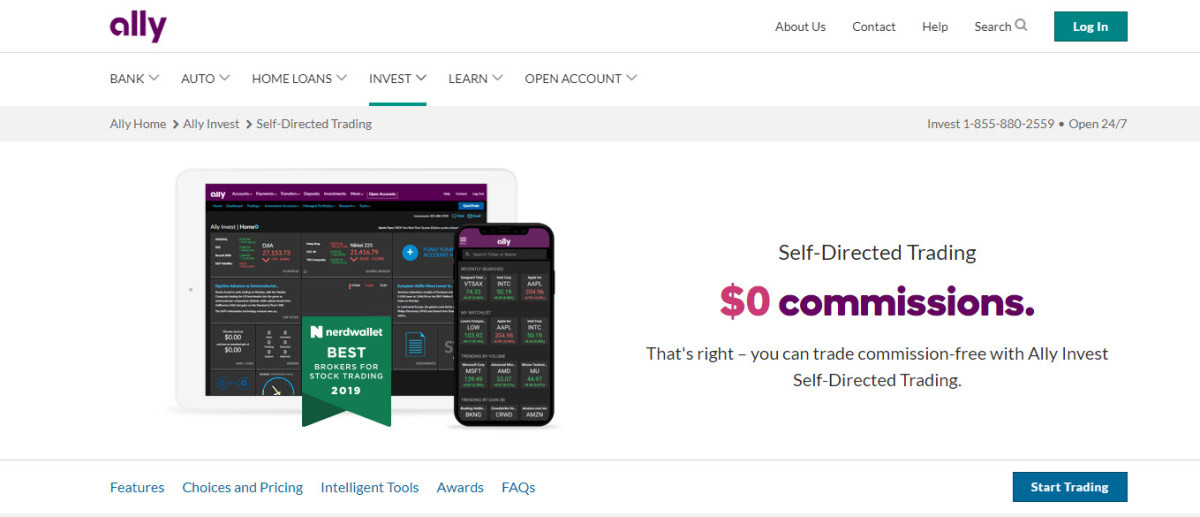What is the Definition of Penny Stocks?
What is the Definition of Penny Stocks?
So what is the definition of penny stocks? You hear that term tossed around all over the financial channels and in all kinds of online forums and message boards. If you’re like me, your name has somehow been added to every stock investment newsletter known to mankind, and everyone and their grandmother is telling you why this next oil stock, or that next biotech stock, or the next big gold mining stock is going to explode and produce 1 trillion percent profits within a matter of months. Most of the time when you’re presented with stocks like this, they fall under the penny stock category. A penny stock is basically any stock that trades for less than $5.00 per share, although some would argue that the official definition of a penny stock should be a stock that trades under $1.00 a share, because only then would each share be literally made of “pennies”. Other common criteria for penny stocks are that they have a market capitalization (total shares outstanding times price per share) of less than $100 million dollars, and they are more loosely regulated than their bigger-priced counterparts. Penny stocks are usually not traded on the larger exchanges such as the NYSE (New York Stock Exchange), NASDAQ (National Association of Securities Dealers Automated Quotations), or AMEX (American Stock Exchange, which very recently has been acquired by the NYSE). This is not to say that you can’t find stocks on those exchanges that are trading for under a dollar a share (Enron, anyone?), but most of the time for a stock to be listed on those exchanges and take that kind of a tumble (especially on the NYSE), something drastic may have happened, and they should probably be avoided. The common understanding is that the NASDAQ is a little different, because the NASDAQ is considered to be the next step above the Over the Counter Bulletin Board exchange (OTCBB), which is the ultimate haven for penny stock trading. Since the NASDAQ is only one slight step above the OTCBB, you can often find stocks trading for less than $1.00 on the NASDAQ exchange as well.

Penny Stocks Definition
But I mentioned the OTCBB earlier, and I wanted to reemphasize that the OTCBB is the ultimate place to find penny stocks. The OTCBB is basically the “Wild Wild West” of the stock trading world, because the regulatory oversight is very light. There’s not a whole lot of transparency or accountability required by such watchdogs as the SEC (Securities Exchange Commission), so many companies can really get away with lax standards as long as they file their SEC paperwork on time—which, by the way, is one of the reasons why you might see a penny stock (or other stock) with a fifth letter on the end of their ticker symbol—yep, the dreaded “E”—because that’s what happens when the company turns their SEC paperwork in after the deadline. Most stock ticker symbols for penny stocks are four-letter symbols, especially on the OTCBB and NASDAQ exchanges. The NYSE is different in that it has several one, two, and three-letter ticker symbols. But anyway, before I go off on a major tangent, let me talk about the risk factor involved with penny stocks. Penny stocks are considered to be a much higher-risk investment, due to the leverage that’s involved in the price of the average penny stock. If you think about it, if a stock trading at $0.10 per share moves to $0.11 per share, that’s a 10% gain on your investment. Break out the calculator and see it for yourself. While that’s not a spectacular percentage gain, what if the stock goes to $0.15? That’s a 50% gain. Or what if it doubles to $0.20? You know what that means…the bottom line is that it’s much easier for a stock trading at $0.10 to move to $0.20 per share than it would for a blue chip stock trading on the NYSE to go from $250.00 per share to move to $500.00—as a matter of fact, hell is more likely to freeze over than to see a blue chip move like that. So, in short, to summarize what is the definition of a penny stock, it’s basically a small stock issued by a small company with a smaller price per share, thus providing the potential for larger gains due to the wonderful power of leverage.








